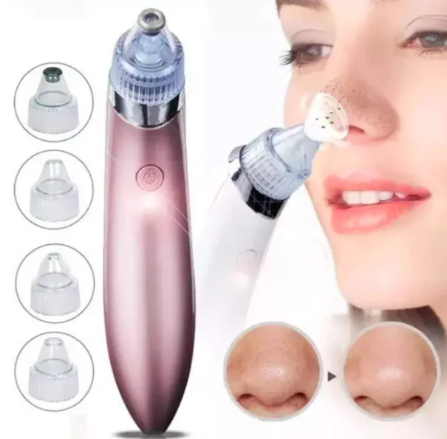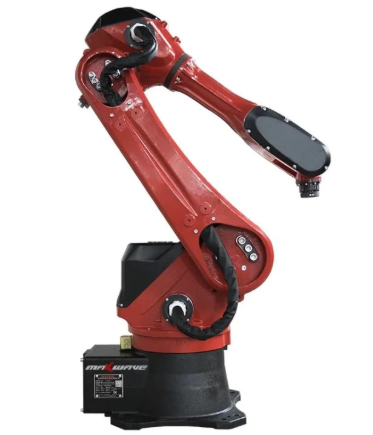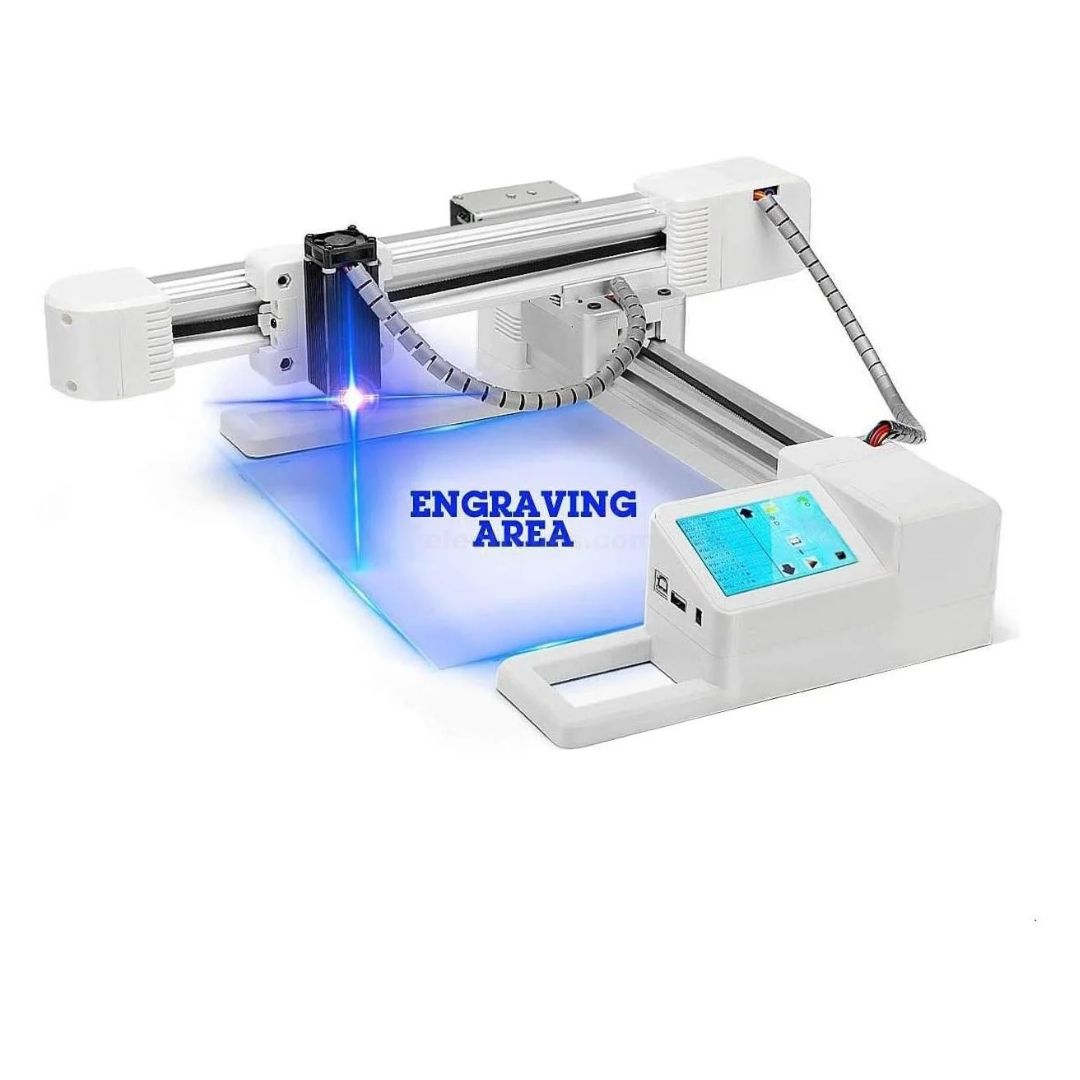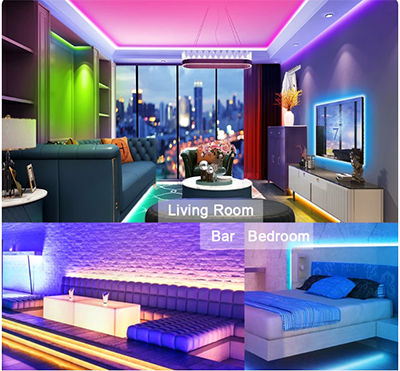Can a blackhead remover actually clean your pores, or is it just satisfying to use?

Strong 8k brings an ultra-HD IPTV experience to your living room and your pocket.
In the world of skincare, few tools have stirred as much curiosity and debate as the blackhead remover. Whether you’ve seen videos of it in action on social media or tried one at home yourself, there’s no denying the satisfaction that comes from watching those tiny specks emerge from your skin. But the real question is—does it genuinely clean your pores, or is it simply a surface-level fix that feels more effective than it actually is?
Let’s dig deeper into what the blackhead remover actually does, how it works, and why it's become a staple in skincare routines across the globe.
What Are Blackheads and Why Do They Form?
Blackheads are a type of acne lesion that form when hair follicles become clogged with dead skin cells, excess oil (sebum), and sometimes bacteria. The tip of this clogged pore remains open, which causes it to oxidize and turn black—hence the name "blackhead."
Unlike whiteheads, which are closed under the skin, blackheads sit at the surface and are more exposed to environmental pollutants and air. This makes them easier to extract using a tool like a blackhead remover, which is designed to apply gentle pressure and expel the contents of the pore.
What Is a Blackhead Remover?
A blackhead remover is a skincare tool specifically designed to help remove blackheads and other forms of clogged pores. These removers come in various forms: metal extractors, vacuum suction devices, nose strips, and even peel-off masks. Each type works differently, but the goal is the same—to eliminate the material clogging your pores.
This keyword might seem self-explanatory, but understanding how a blackhead remover actually interacts with your skin can shed light on its true effectiveness.
The Pore-Clearing Process
When you use a blackhead remover, you're applying direct pressure or suction to the skin around the pore. This mechanical action pushes or pulls out the sebum and debris that have built up inside. In most cases, you’ll visibly see these tiny plugs emerge, giving you instant results. But here's the catch: clearing the surface doesn’t always mean you’re solving the problem long term.
Your pores naturally produce oil. When this oil isn't managed properly through regular cleansing and exfoliation, it accumulates again, forming new blackheads. A blackhead remover clears what’s currently inside the pore but doesn’t stop the cycle from repeating.
Common Misconceptions About Blackhead Removers
A widespread belief is that if you use a blackhead remover regularly, your blackheads will stop forming altogether. Unfortunately, it doesn’t work that way. These tools don’t change your skin’s oil production or tighten your pores. They remove blockages temporarily, offering a cleaner appearance and smoother texture. But unless you're supporting the process with a consistent skincare regimen, blackheads can return quickly.
Another misconception is that the more force you apply with a blackhead remover, the better the results. This is not only incorrect—it can be harmful. Too much pressure can damage the skin, lead to broken capillaries, or even cause scarring. Proper technique and moderation are key.
Why It Still Remains a Go-To Tool
Despite the short-term effect, the blackhead remover continues to hold its place in many skincare routines. One reason is the immediate gratification it provides. Few skincare methods offer such quick visual proof that something has been removed. In an industry filled with slow-acting products, the blackhead remover feels like a win you can see and feel right away.
Beyond the satisfying results, there’s also a deeper psychological factor. For many, the act of using a blackhead remover is part of a self-care ritual. It’s not just about skin—it’s about control, cleanliness, and care. The ritualistic element of physically clearing out blackheads can be as rewarding mentally as it is physically.
Incorporating It Into a Skincare Routine
If you're thinking about adding a blackhead remover to your routine, timing and skin prep are essential. It’s best to use the tool after a warm shower or facial steam, when the pores are naturally more open and the skin is softer. This reduces the amount of pressure needed and minimizes the risk of irritation.
Follow up your blackhead remover session with gentle cleansing, toning, and a soothing serum or moisturizer. The skin will be more sensitive post-extraction, so avoid harsh chemicals or exfoliants immediately after.
Also, cleanliness is critical. Always sanitize your blackhead remover before and after use to prevent bacteria from entering freshly cleared pores.
When to Seek Professional Help
While at-home blackhead removers can be effective, there are situations where a dermatologist or esthetician should be consulted. If you have cystic acne, inflamed breakouts, or overly sensitive skin, it's best to avoid using any pore-extraction tools yourself. A professional can guide you on the safest and most effective ways to manage your skin type and condition.
Professional extractions during facials are performed under sterile conditions with specialized tools. These sessions can provide a more thorough cleanse without risking damage to your skin.
Promotional Tip: Choosing the Right Blackhead Remover
Not all blackhead removers are created equal. Whether you're shopping online or in-store, it’s important to select a product that suits your skin type and level of experience. Some popular options include:
Stainless steel extractors for precision targeting
Vacuum-based blackhead removers for non-invasive suction
Peel-off masks that work on broader areas like the nose and chin
Nose pore strips for a quick cleanup before events or outings
Whichever you choose, ensure it comes from a reputable brand with positive reviews and proper usage instructions.
Final Thoughts
So, does a blackhead remover truly clean your pores? Yes, it does—at least temporarily. It clears out the build-up and gives your skin a smoother appearance. But it’s not a magic fix. Think of it as one tool in a larger skincare arsenal.
To keep blackheads at bay, consistency is key. Regular cleansing, hydration, and exfoliation go hand-in-hand with physical removal. When used correctly, a blackhead remover isn’t just satisfying—it can be an effective part of a skincare routine that supports healthy, glowing skin over time.
Let it be a reminder that the best skincare practices aren't just about what you remove, but also how you care for what’s left behind.
Note: IndiBlogHub features both user-submitted and editorial content. We do not verify third-party contributions. Read our Disclaimer and Privacy Policyfor details.







